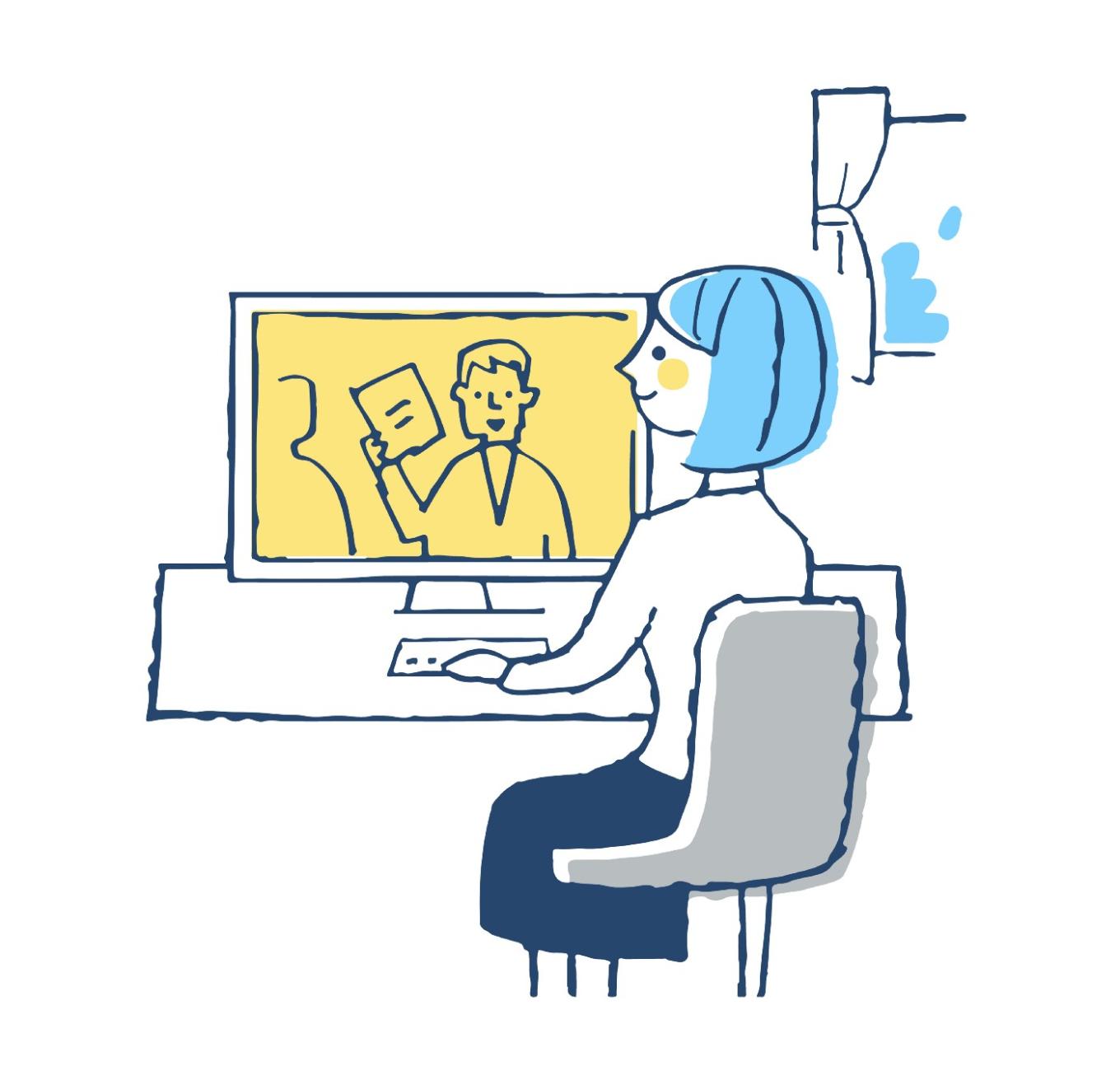
As the COVID-19 pandemic upends lives around the world, it’s also launched the “world’s largest work from home experiment” for nonessential employees who can work remotely. Millions are working from their living spaces, whether their new environment is quiet and isolating or crowded and chaotic.
How we work impacts more than our meetings or projects — it affects our ability to care for ourselves and each other, especially in times of crisis. The switch happened fast, and many organizations didn’t have the chance to develop guidelines for the world of remote work.
For decades, Ashoka has been operating in a “team of teams” distributed across continents. As we support changemakers around the world, many of us work from our own homes. Our home “offices” are scattered from the French Alps to the Nile River, from cities like Bangalore and Los Angeles to rural Wisconsin.
We asked around to share with you our favorite ways to practice wellbeing while working remotely.
Look for connection points
“We’re sharing pictures of our dogs and stories from home, we’re sharing funny tweets and videos, we’re sharing online tools like meditations and things we’re excited about. It’s inviting us to not just talk about work, but be whole people together.” -Emily Lamb, Ashoka U
Whether it’s a Whatsapp group, a slack channel for inside jokes, shared playlists, or casual Skype calls with a colleague during the workday, we’ve learned that there are plenty of ways to make working remotely feel more connected. After an impromptu book club recently started, “I already feel less alone,” one team member said. Don’t dismiss the small stuff.
Host a virtual social hour
Collaboration and trust usually develop naturally from spending time together— think hallway conversations or office lunches. These interactions can still happen online, we just need to be more intentional.
One of our favorites is the “virtual coffee” — a time to just chat with a colleague and share “digital space.” The “Blind Lunch” tool creates random pairs in your team for an informal lunch. Virtual happy hours are also a great way to decompress together at the end of a long day.
Ashoka’s various teams have created different virtual gatherings. Ashoka’s team in the U.K set up an afternoon tea time. During the COVID-19 crisis, Ashoka’s Germany team started a Zoom call each morning that provides an informal space to get together, as if they still shared an office — no agenda. In Belgium, the team does a quick daily check in, set up a “wellbeing buddy system” to help team members look after each other, and includes yoga or meditation during the weekly team meeting.
Remember not to make everyone feel obligated to join every virtual social gathering — especially those who might be stressed by the social pressure or their workload. Meet people where they’re at.
Make the most of video calls
When meetings go virtual, it’s easy to be less engaged. Try asking “Would I do this if I was in the room with them?” to determine whether it’s okay to multitask during a meeting. To help the team stay present, the host can provide space for reflections or ask everyone to share expectations for the call. Block time before and after meetings for casual conversation. Ask “how are you as a person?”
Other tips: have a clear agenda, send questions ahead of time, and make space for everyone to contribute — whether through speaking or collaborating on a live document. Zoom also has a useful a break-out room tool, allowing teams to reflect in smaller groups.
It’s important for participants to feel “safe” in an online space and creating recurring activities can help people feel more comfortable. It also doesn’t hurt to recognize the obvious: online video calls can be awkward. As one Ashokan put it, “Accept the awkward. It’s ok. Once everyone accepts that it can be awkward and there is a delay, you kind of bond over the awkwardness.”
Set boundaries
“For me it’s crucial to take some offline time, time to do things I like — being able to ignore completely message apps & email notifications…When I decide I’m done with being online, I close my computer, turn my phone off and enjoy any other activity, even if it’s just a 20 minute break.” — Fernando Balbino, Ashoka Changemakers
Create your own policy with your devices on when they’re for personal or professional use —and stick to it. (Unless there’s an emergency). Screens put stress on our eyes, so take time to look away and do the obvious: blink. Try setting a timer or using a tool like EyeDefender to remind you to look away from the screen every 20–30 minutes.
Working remotely might be an opportunity to switch up your routine, like starting and ending the day early. For some it helps to preserve morning rituals — like breakfast, meditation, and getting dressed for the day — before sitting down to work.
Take breaks that work for you
It’s easy to say “yes” to every meeting when you work remotely, but breaks are essential. Try taking breaks at least every 2–3 hours and alternate between sitting and standing if possible.
Working online means you have flexibility during breaks — stretch or exercise, read, sit on the patio, cook, run a quick errand, or have a “virtual lunch” with a colleague. Practicing 5–10 minutes of mindfulness each day — whether it’s deep breathing, yoga, or meditation — helps to turn “off” work. To escape the barrage of online notifications, try adding a digital communication break for an hour or two into your daily routine.
Pay attention to physical needs
Fill your water glass throughout the day. If possible, prepare meals ahead of time to avoid skipping lunch and prevent boredom snacking.
Listen to your body and feel when you’re tensing up. Try moving around when you would on a normal (non-remote) workday by getting up as if you’re going from one meeting to another. If possible, go on a “commute” by walking around the block at the beginning of the day and after you finish work.
Be kind
Be kind to others. Be kind to yourself. And be kind to the situation. It is hard. Acknowledge that. I also share up front with my team what challenges I am facing while working at home…It puts the remote working front and center and alleviates some of the stress of working from home while life is moving around you.” -Rachel Centariczki, Ashoka Youth Venture
Acts of kindness can be simple, like a note to show a colleague you’re thinking about them. Empathize with the unique challenges others are navigating at home.
After all, working at home — whether we’re struggling with solitude or overwhelmed by distractions — is a constant reminder that we’re all human.
-
Ashoka is a co-creator of the Wellbeing Project. Read more about how changemakers’ inner wellbeing influences their work.
